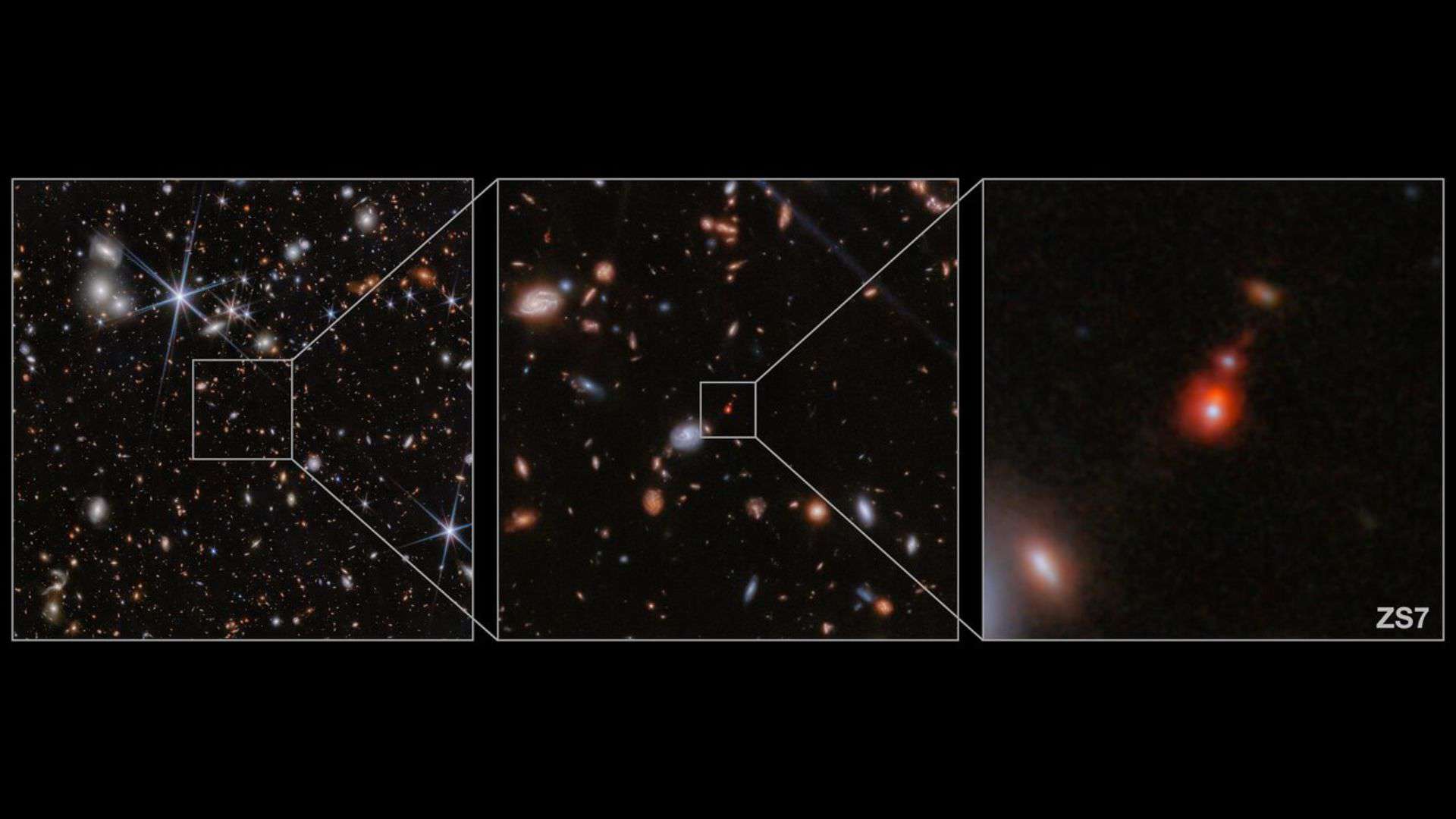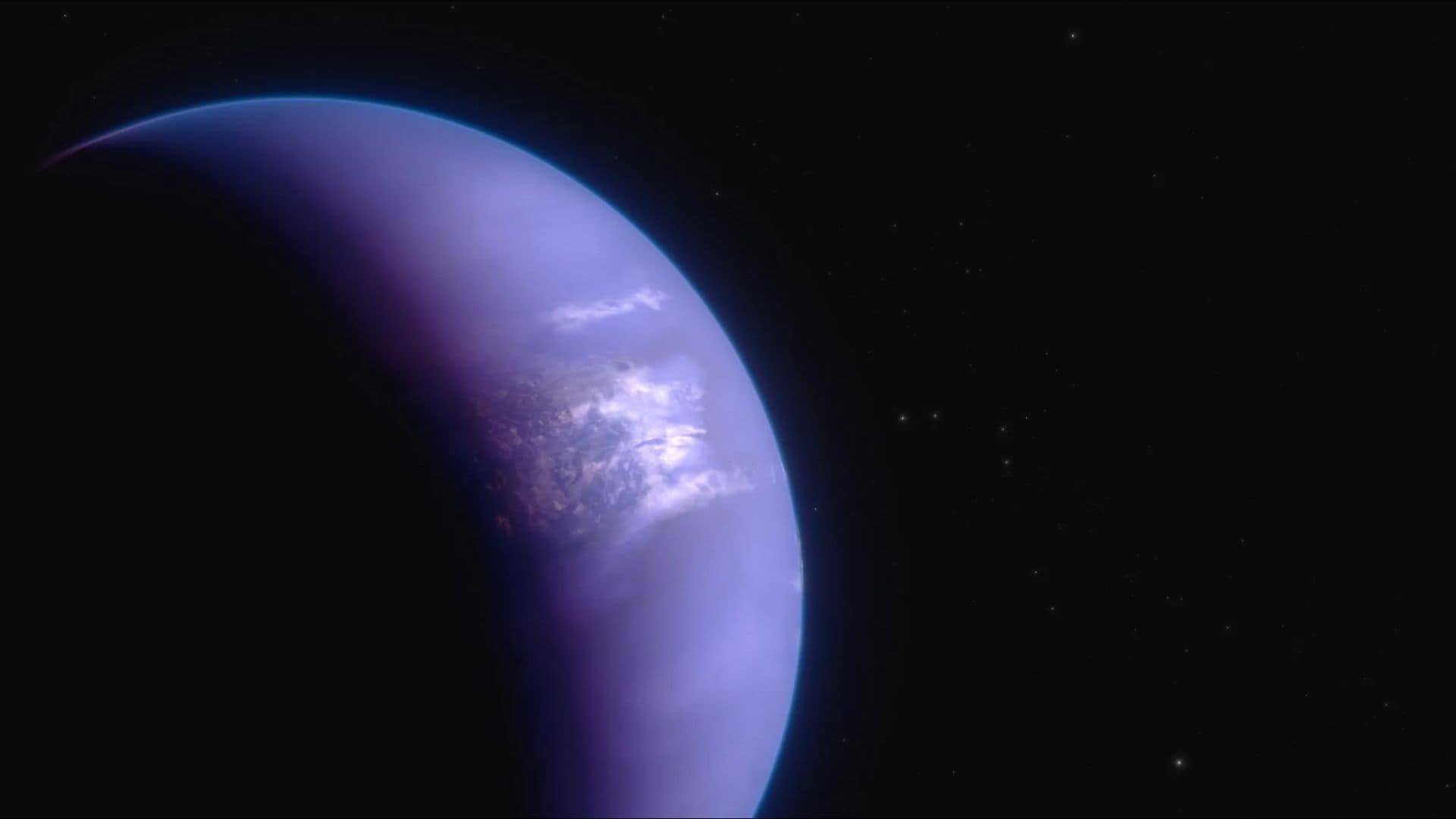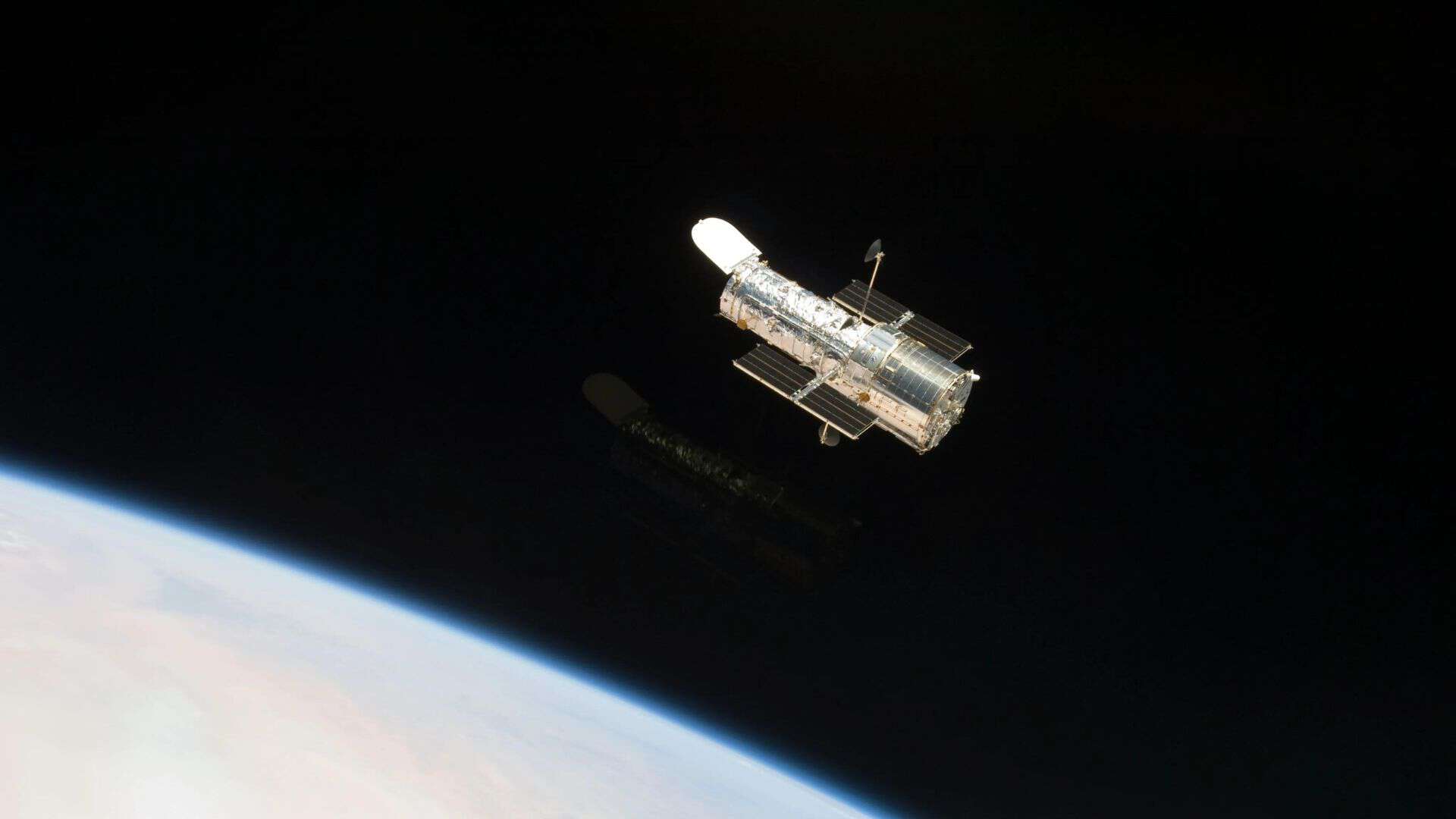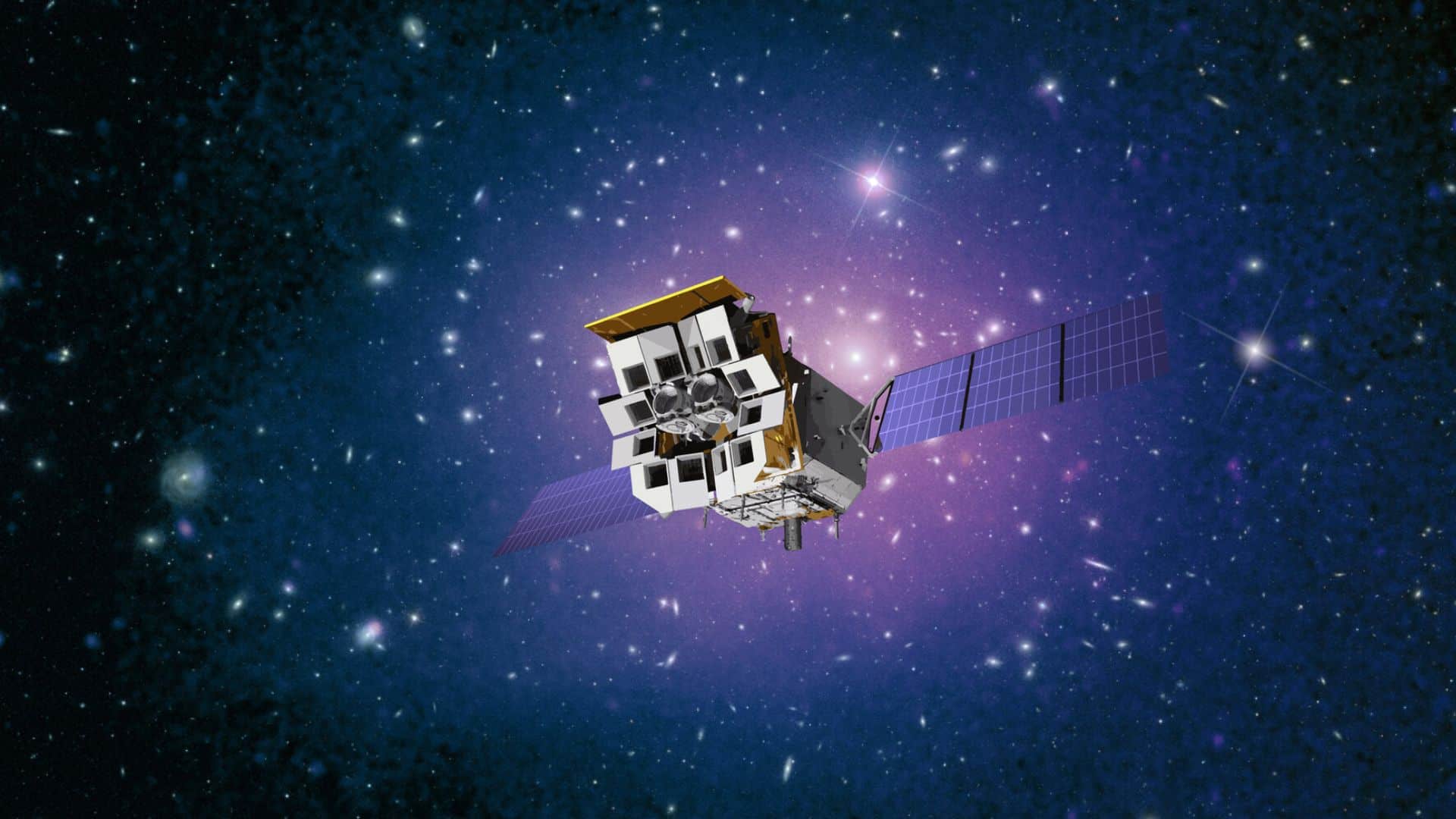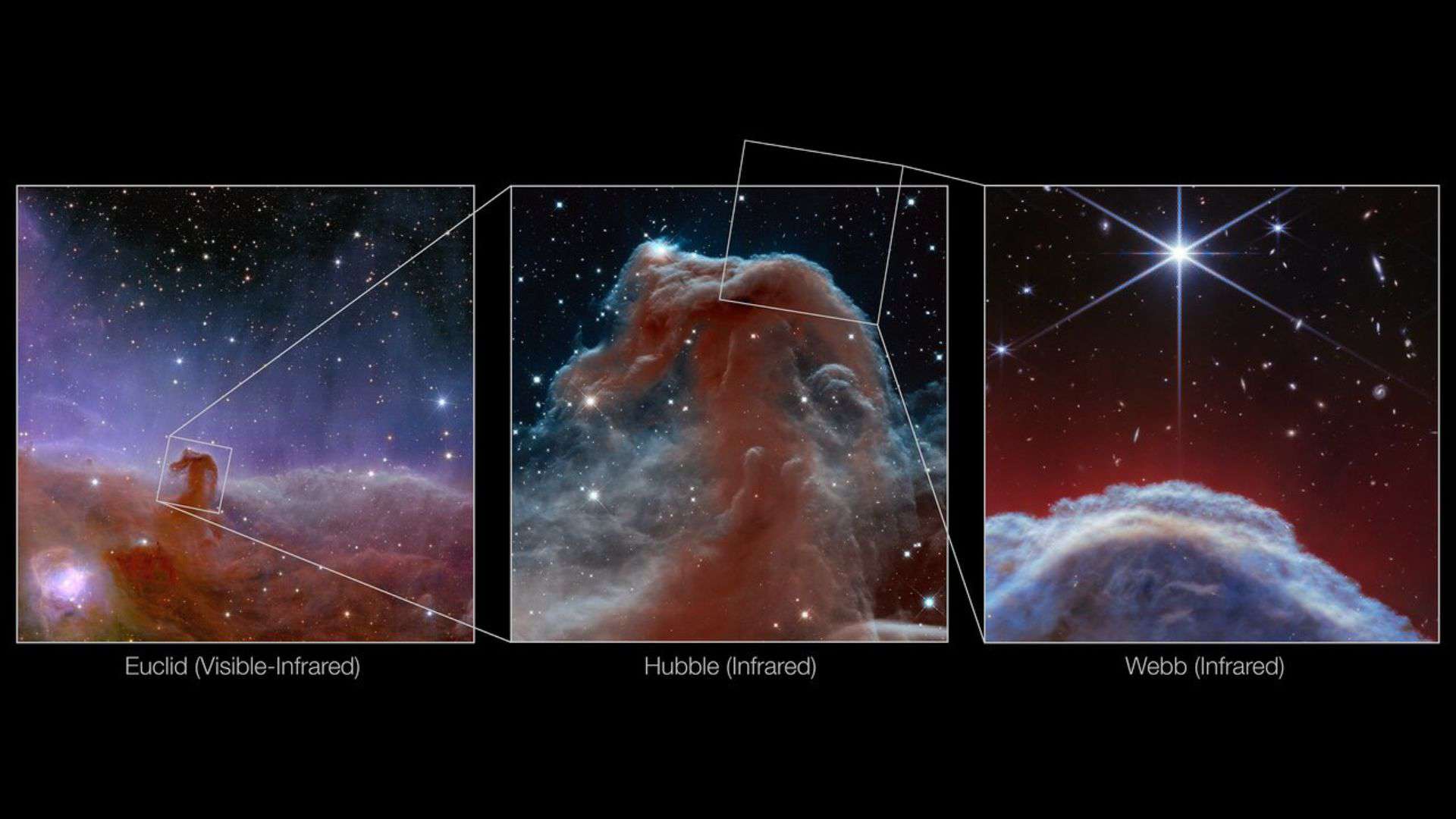
The James Webb Space Telescope has captured the sharpest view to date of a zoomed-in portion of the iconic Horsehead Nebula in infrared light.
The Horsehead Nebula, which is also known as Barnard 33, is located approximately 1300 light-years away in the most noticeable constellation in our night sky, known as Orion, the Hunter.
The nebula got its name because of its resemblance to a horse’s head. It is one of the most popular targets among amateur astronomers.
A nebula is a dense region in interstellar space (space between stars), which is mainly made up of ionized gases (particularly hydrogen and helium) and interstellar dust. It glows when illuminated by a nearby hot star.
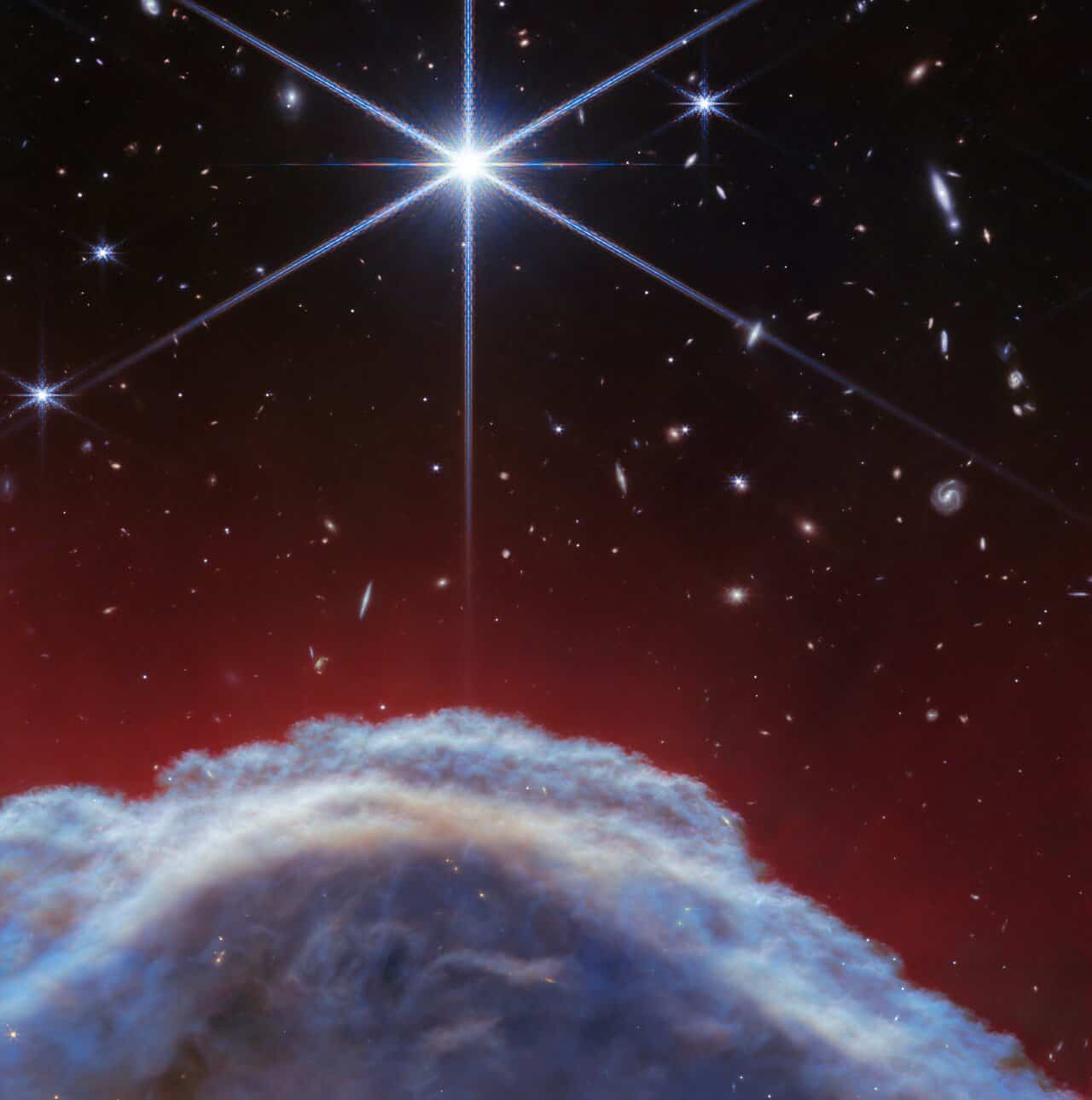
According to astronomers, the thin gas clouds surrounding the Horsehead Nebula have already dissipated, but the thick gas clouds of Horsehead is harder to erode. They have estimated that the Horsehead Nebula will take about five million years to dissipate in the interstellar medium.
Here, Webb’s new view focuses on the top of the gas and dust structure of the Horsehead Nebula with unprecedented details.
The Horsehead Nebula is located just outside the Stromgren sphere.
A Stromgren sphere is a region surrounding a young, hot star within which the ultraviolet light of the hot star completely ionizes the gas clouds.
Nearby hot stars can’t ionize the gas clouds of the Horsehead Nebula as it is located outside the Stromgren sphere, but they illuminate the nebula.
This nebula is dense enough to shrink the Stromgren sphere of nearby hot stars but not dense enough to prevent the penetration of ultraviolet light from hot stars.
So the Horsehead Nebula is mainly made up of neutral gases outside the Stromgren sphere, called the photon-dominated region, or PDR.
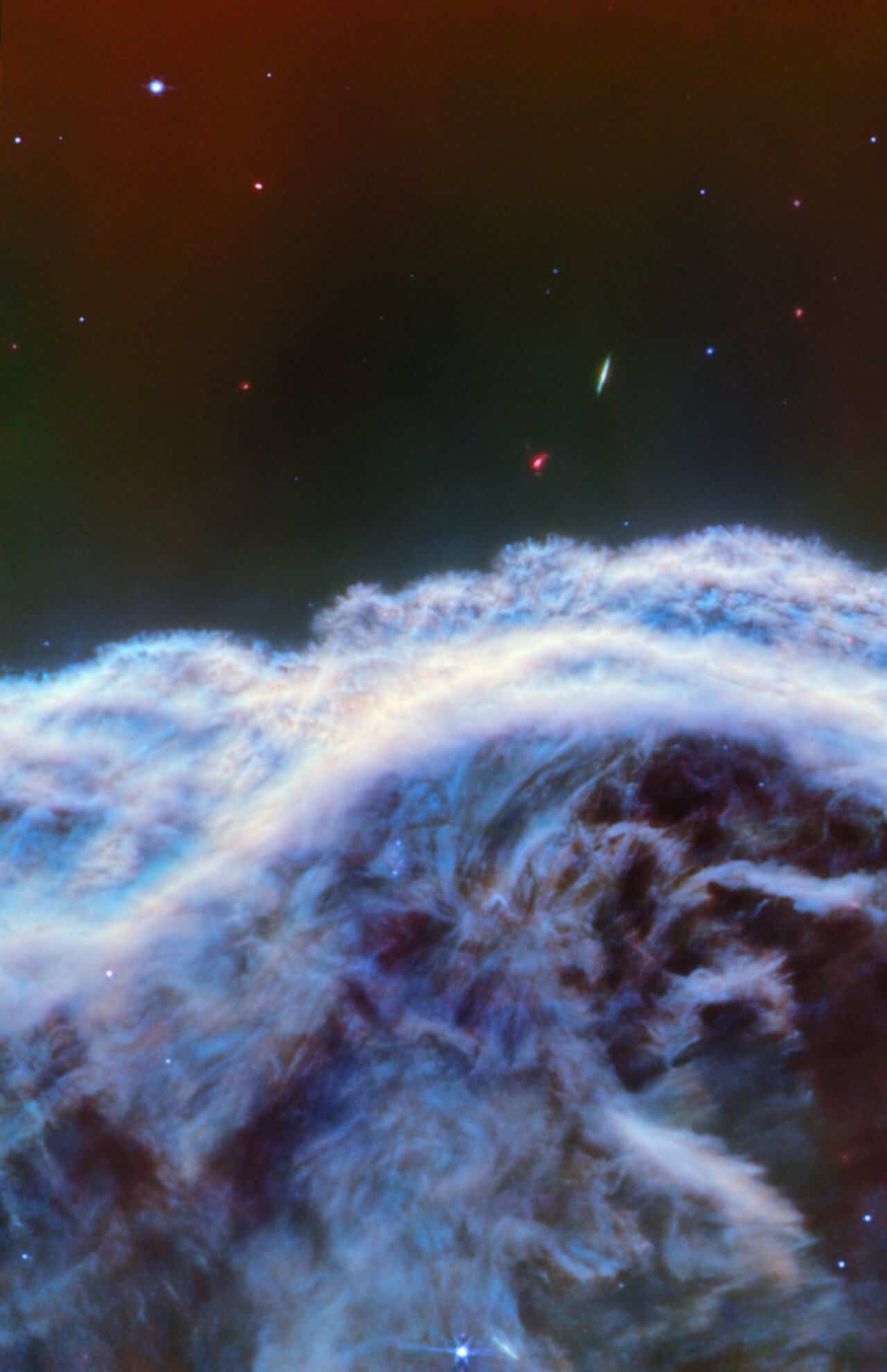
It is considered one of the best objects in the sky to study how radiation interacts with interstellar gases and dust.
For the first time, Webb’s Mid-InfraRed Instrument (MIRI) and Near-Infrared Camera (NIRCam) have revealed such small-scale structures of the illuminated edge of the Horsehead.
A scientific paper has been accepted for publication in Astronomy & Astrophysics on the above findings.
The James Webb Space Telescope (JWST) is an international collaboration between NASA, ESA, and the Canadian Space Agency (CSA).
Please bookmark Spaceandtelescope.com or follow us on Facebook and Twitter to get latest space news, upcoming skywatching events and astronomy-related content.
